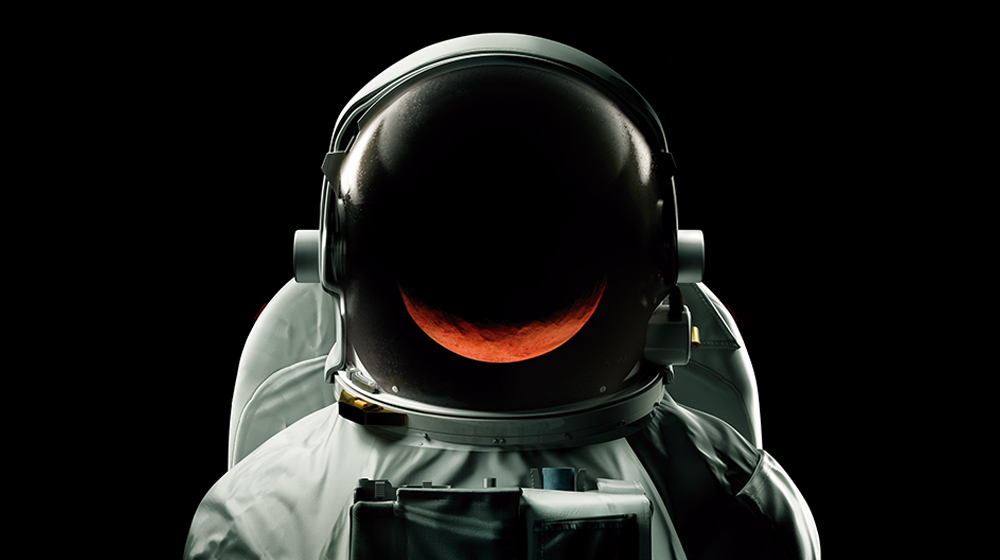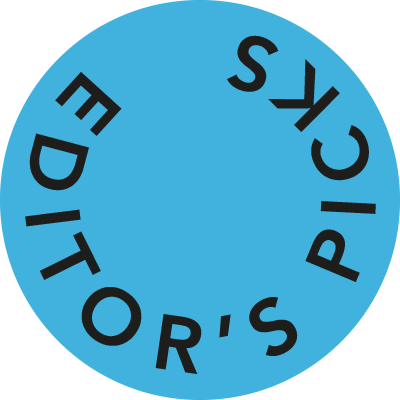
? “We are not alone in the universe. The irrational thing is to believe that we are.” – Juan Insua
Mars has always seduced us. Since the earliest civilisations, the Red Planet has been a metaphor and a source of inspiration for humankind. Perhaps it’s because we see in it a mirror of ourselves – our past, a planet where maybe life existed, or our future, a place where we could set up a new life. This is what the timely Mars. The Red Mirror exhibition, showing at the Centre de Cultura Contemporània de Barcelona (CCCB) until 11 July, navigates.
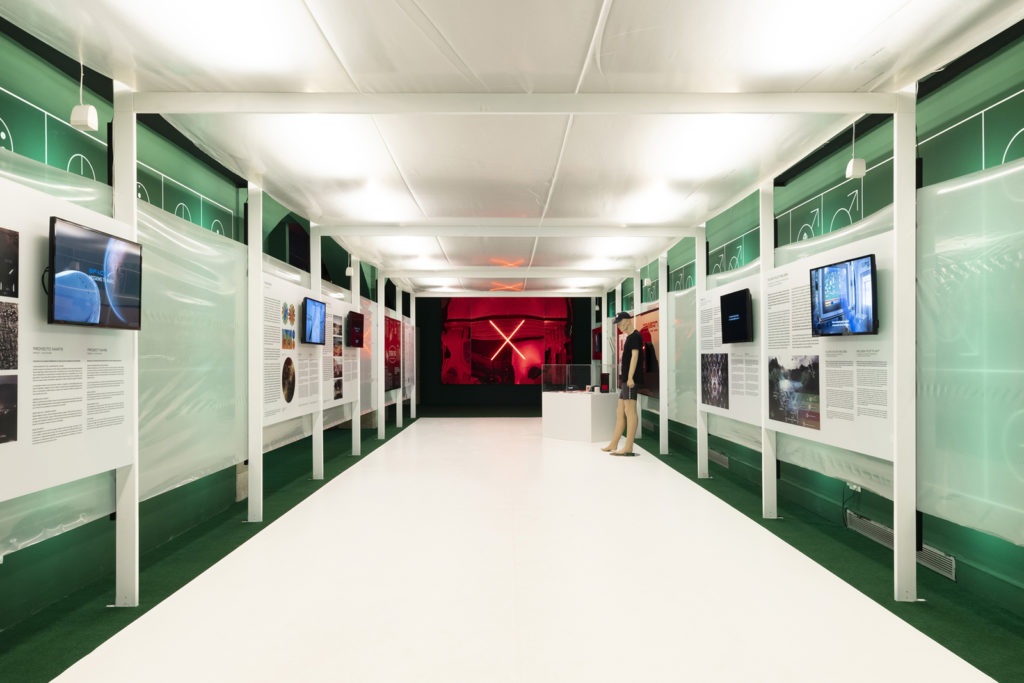
Embrace the spacey spectacle until 11 July
Located in the Raval district of Barcelona, the CCCB launched Mars. The Red Mirror in February to coincide with a space milestone in history: the risky landing of the Perseverance rover on Mars to seek signs of ancient life and collect samples of rock and regolith. It is widely believed that large quantities of water and carbon dioxide ices remain frozen within the hypothetical planet B.
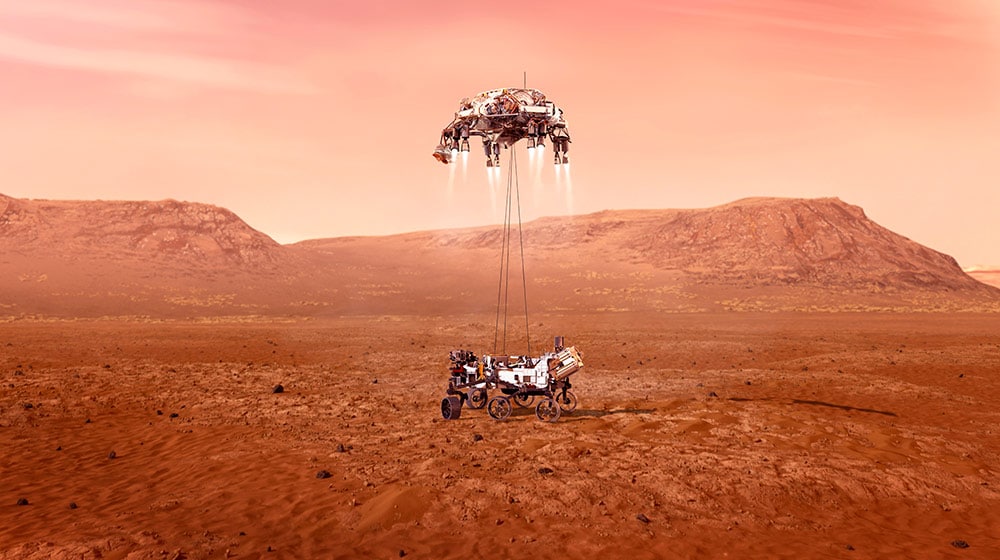
Next stop: Mars
We already know climate change is our sword of Damocles. The CCCB’s lovingly-curated collection wants to spark wonder and inspire us to think up new utopias and stories – by allowing us to explore possible futures with an amazing 400 books, sculptures, drawings, comics, films, handwritten documents, collectors’ items… and a Martian meteorite.

The KG002 meteorite was recovered in the Sahara desert in 2010
The exhibition even has its own soundtrack. The predictable path would be to turn to David Bowie. Instead, the CCCB created an insightful atmosphere with Catalan guitarist and composer Nico Roig.
We can thank Juan Insua for a mix of sounds, science, art and literature, which was inspired by the Director of the CCCB Lab’s Martian bibliophilia (love of books). Juan is behind the curation of the cultural centre’s most impressive and extensive literary exhibitions, including Joyce, Pessoa, Kafka, Borges and Cortázar.
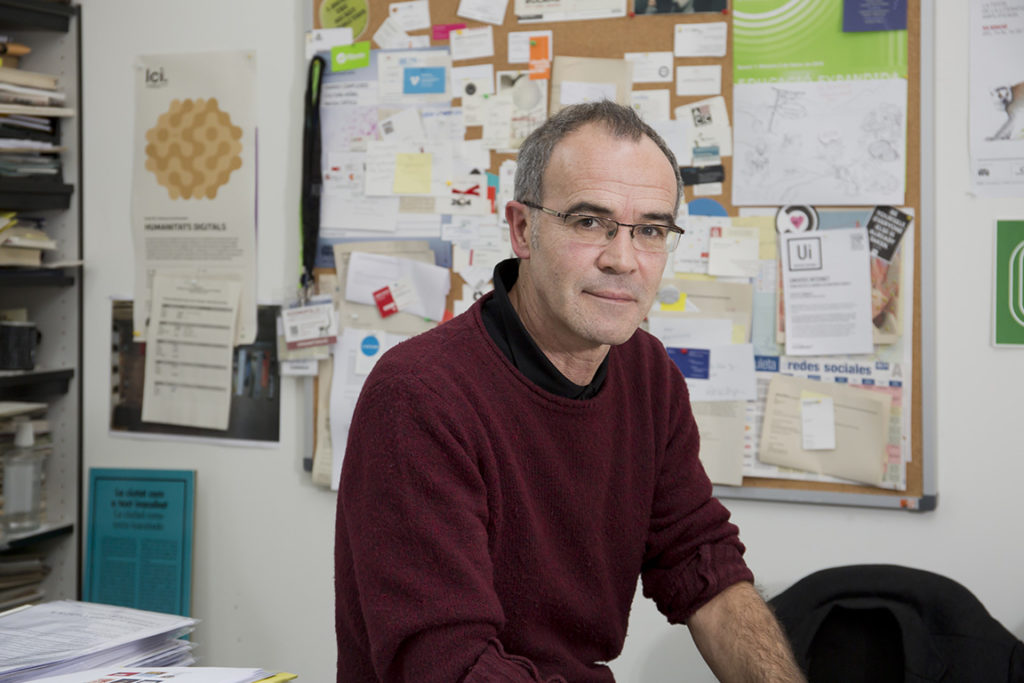
Juan Insua, curator of Mars. The Red Mirror
Juan tells us that this exhibition reserves a privileged place for literature and science fiction, because the history of Mars is also a story of books: “Fiction has always fed science and science inspires new challenges to fiction: the exchange is permanent. Most scientists and engineers in space exploration are science fiction readers, and a substantial part of science fiction literary production since the 1950s cannot ignore scientific advances in the knowledge of the Red Planet,” he says.

Mars – literally
The exhibition features original manuscripts and warships from The War of the Worlds by H.G. Wells. Juan sees canonical references to the works of Wells, as well as American science fiction writer Kim Stanley Robinson, the author of the Mars Trilogy, and Ray Bradbury author of The Martian Chronicles, as essential. “The existing literature on the Red Planet is huge. There are still little-known authors who have contributed to creating the imaginary Martian,” Juan explains.

Exhibition photos: Aleix Plademunt
The Mars. The Red Mirror section dedicated to Kim Stanley Robinson includes manuscripts, objects, maps, photos and books that was selected by the author himself.
If you missed the author in conversation with cultural researcher José Luis de Vicente at the CCCB, you can catch it below. The pair reflected on utopian thought, things we have learned about Mars ince the seventies and imagining good futures in his chilling, yet hopeful, book, The Ministry for the Future.
One of the least known and least explored sides of the imagery associated with the Red Planet is science fiction about Mars written by women. The CCCB explores its own line of descent from fantastic voyages through the solar system in feminist science fiction to a podcast by critic and researcher Elisa McCausland, who conflates the relationship between Mars, feminism and pop culture from the 1950s to the present day.
And if you’re a fan of science-fiction, you shouldn’t miss the specially-curated selection of films that can be viewed on the Mars.The Red Mirror channel on Filmin.
Juan adds that, “it is also really worth stopping by the remarkable collection of pulp magazines from the Saunders Archive, with a special mention of the Mars Attacks! stickers that inspired Tim Burton for his film.”

There is no planet B
Undoubtedly, we have many things to discover about Mars and The Red Mirror brings us closer to reflect on some of them via the arts, which includes a curious installation on Martian species created by the experimental Estampa collective of filmmakers, programmers and researchers, and photographs by conceptual Spanish artist Joan Fontcuberta.

Explorer Curiosity Silversmith XXI on the Zarandas plateau, 2018 | Joan Fontcuberta
Juan found he discovered some “unexpected connections” when designing the exhibition. “Data can give rise to fertile speculations, such as the grand tack hypothesis about the influence of Jupiter on Mars in the beginning of the solar system. Apparently Mars was destined to be a larger planet, but the migration of Jupiter millions of years ago prevented it.”
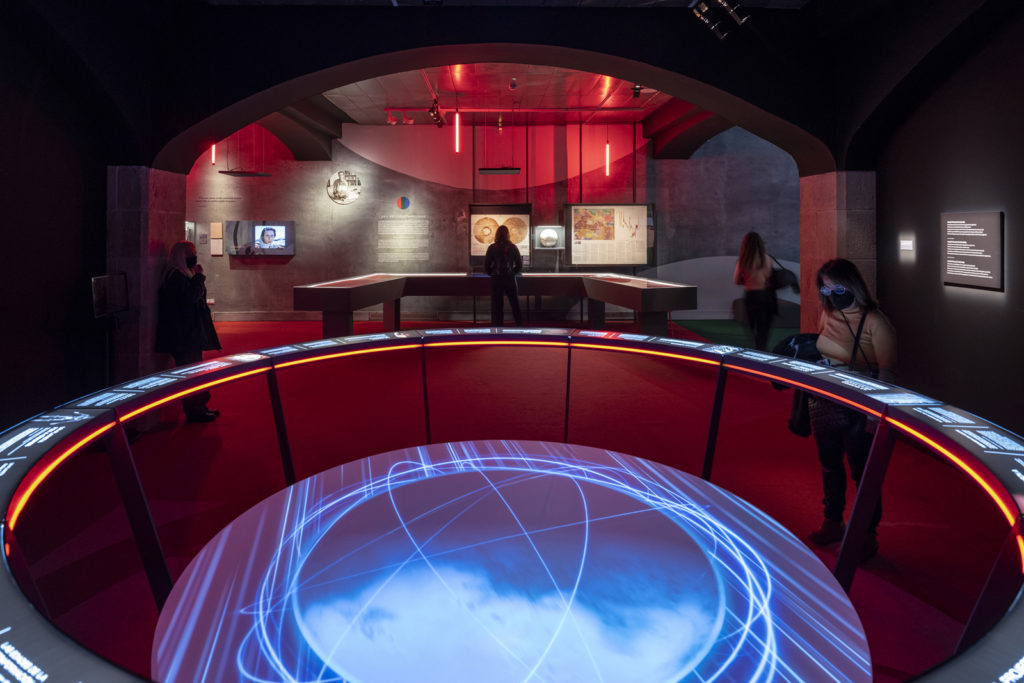
Spaced out
Mostly Juan wants the exhibition to open spaces for reflection and knowledge about what we can learn from Planet Mars: “One of the most important lessons would be to think of ourselves as a species on a geological scale. And at the same time be aware that we are about to become an interplanetary species,” he says.
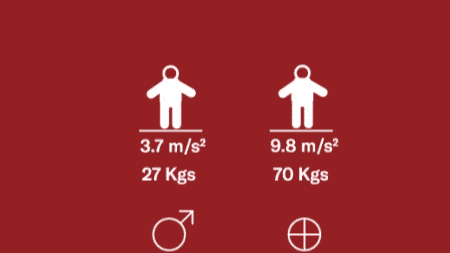
Marta Llinàs (Estudi Canó) / Pixelon – Sergi Mussull, 2021
“We are experiencing accelerated climate change caused by ourselves, while we dream and design the possible colonisation of the solar system. It is a deep tension that we must solve. Still, and for a long time, there is no planet B. Our priority should be to save the Earth,” the curator adds.

Close encounters with the Red Planet
AtlasReads: Juan urges us all to add the following books to our ‘red’ reading list
? H.G Wells The War of the Worlds is a must-read.
? Martian telepaths carry a communist utopia in To Mars via The Moon – An Astronomical Story by Mark Wicks.
? Alice I. Jones and Ella Merchant, forerunners of feminist science fiction, wrote Unveiling a Parallel, about their own Martian utopia.
? In Russia, Aleksandar Bogdanov published Red Star and Aleksei Tolstoy, Aelita as novels in which Mars is a setting for reflecting on what the Russian revolution could have been and was not.
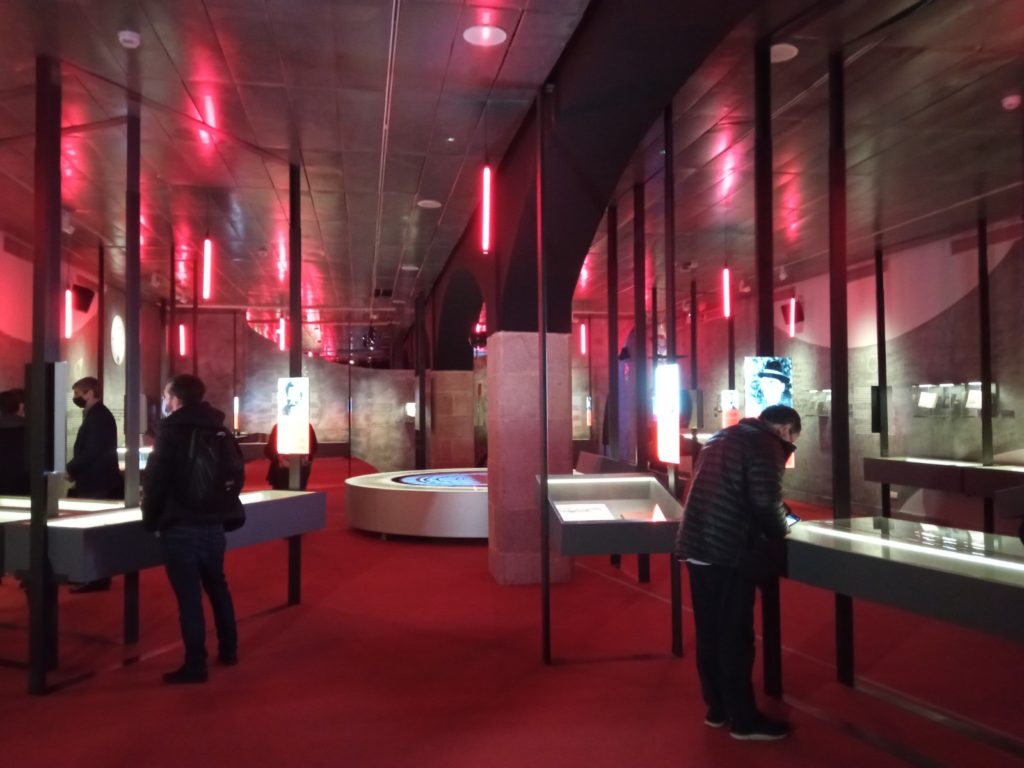
Enter another world at the CCCB
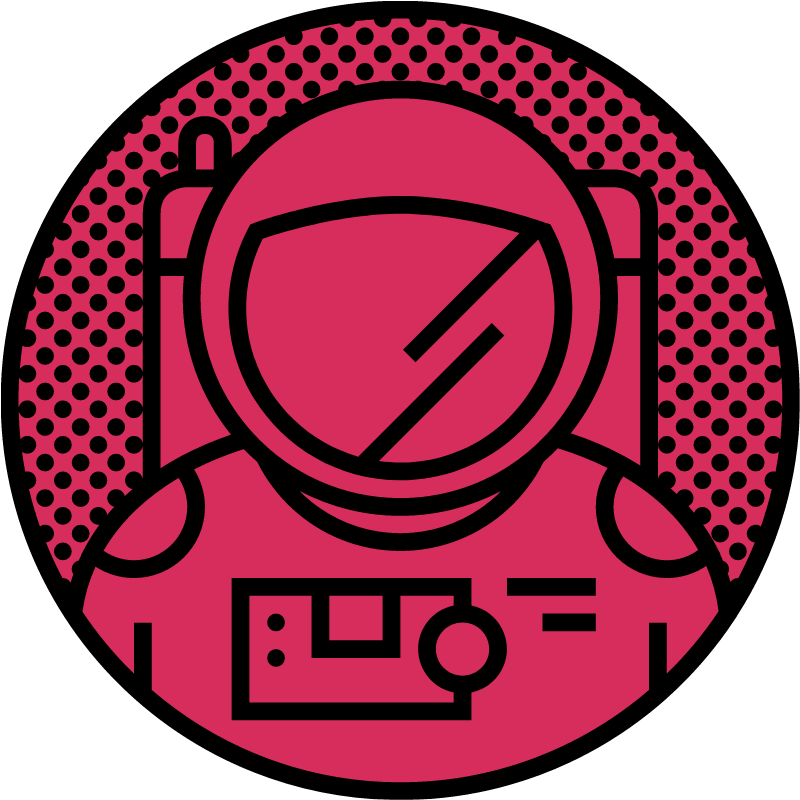
AtlasAgenda: For close encounters with the Red Planet, check out the full Mars. The Red Mirror programme. And for literature lovers, Kosmopolis is dedicated to scifi.
A parallel programme of debates, cinema, meetings with experts, and educational and mediation activities complements the exhibition. Don’t miss:
? A Swarm of Worlds (9 April) – Poet Míriam Cano, physicist and journalist Toni Pou, and artist Joan Fontcuberta in a conversation moderated by the editor of the magazine El Món d’Ahir, Toni Soler
? Mission Curiosity (1 March-15 June) – A Martian project for students
? Bioscope: Interspecies (6 April-28 November) – Create and animate your own imaginary creatures
For now, let us leave you with a soundtrack taster of choir of distant voices invoking the first names of Mars…
